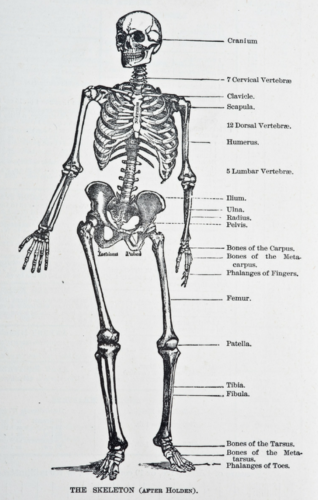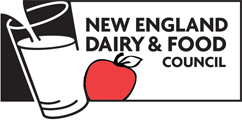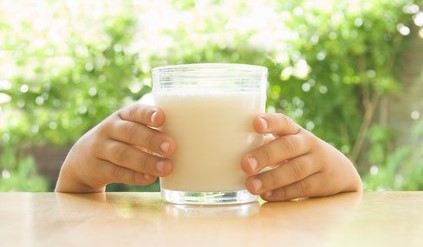My mom always told me to drink milk. She always said doing so would give me strong bones, but never explained why. So how could the milk in my cereal bowl or the glass alongside my grilled cheese sandwich give me strong bones?
In this blog post, you’ll learn about:
- What makes up your skeleton.
- Why calcium and vitamin D are a winning pair.
- What to eat and drink for strong bones.
The Human Skeleton: What are Bones?
As rigid as our bones may seem, the skeleton is constantly turning over. The makeup of the bones you have today is different from even one year ago.
Bones are building as they’re being broken down—bones are a living tissue!
Calcium and phosphorus are the two major minerals that make up bone. Together these two form calcium phosphate.
Vitamin D may not be within the structure of bone, but is important for bone health.
Calcium, Phosphorus, and Vitamin D: Nutrient Best Friends
Ninety-nine percent of the calcium in our body exists in the bones and teeth. The other one-percent in blood is tightly controlled. If the brain senses that calcium blood levels are low, three things happen:
- Calcium and phosphorus are released from the bone.
- The kidneys are signaled to reabsorb calcium.
- The kidneys convert vitamin D into its active form, which travels to the gut to help absorb calcium from what we eat and drink.
What Should I Eat and Drink?
Dairy products. Depending on what meal pattern you follow or age you are, consuming 2-3 servings of dairy per day is advised by the 2015-2020 Dietary Guidelines for Americans.
One 8-ounce cup of cow’s milk contains 30-percent of the calcium and 25-percent of the vitamin D and phosphorus needed per day for good health.
Ultimately, the National Institutes of Health, Osteoporosis and Related Bone Diseases suggests:
- A balanced diet rich in calcium and vitamin D.
- Weight-bearing exercise (e.g., running, lifting weights).
- A healthy lifestyle with no smoking and excessive alcohol intake.
Updated May 1, 2017


